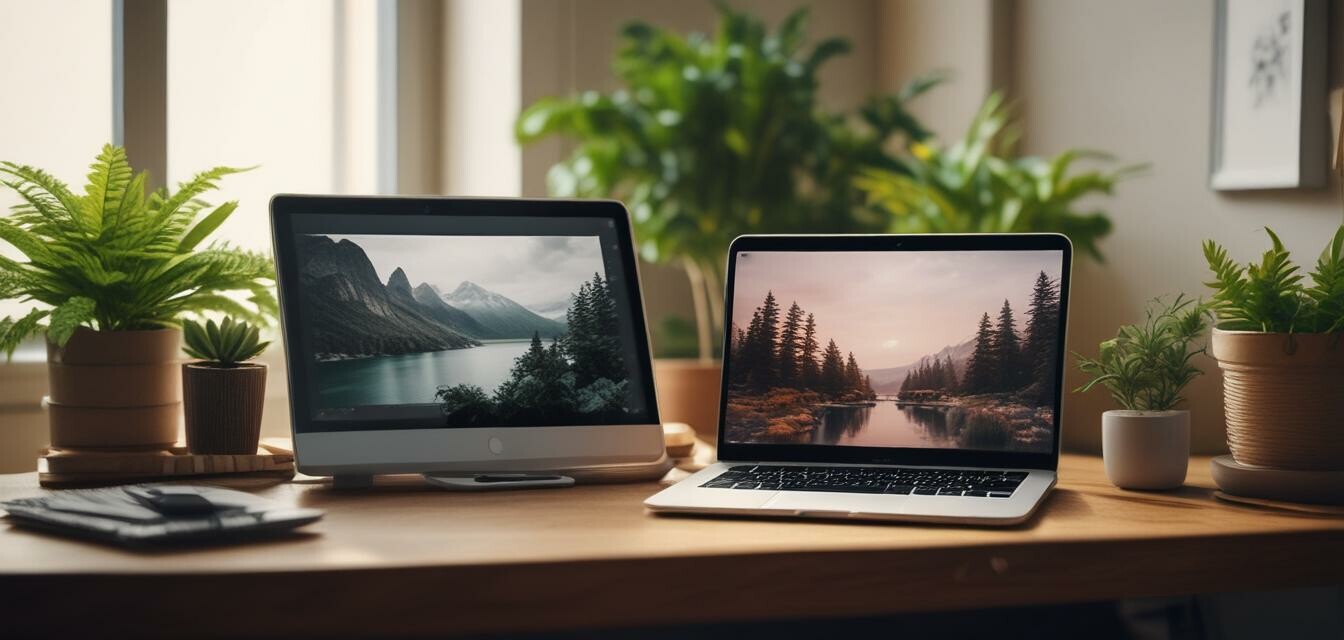
Best Practices for Webcam Privacy During Meetings
Key Takeaways
- Secure your webcam with physical covers or privacy filters.
- Utilize software with encryption features for added security.
- Be aware of your surroundings and backgrounds during video calls.
- Regularly update your webcam and meeting software to ensure security.
- Adjust privacy settings in your webcam applications effectively.
As virtual meetings become a standard mode of communication, ensuring privacy during these sessions has never been more critical. With the rise of remote work, understanding how to protect your personal space can enhance your confidence and professionalism. This article will guide you through the best practices for maintaining webcam privacy during meetings.
1. Understanding Webcam Risks
Webcams can pose significant privacy risks. Malicious software may exploit webcam vulnerabilities to gain unauthorized access. Recognizing these threats can help you take proactive measures to safeguard your security. Common risks include:
- Hacking attempts leading to unauthorized spying.
- Inadvertently displaying sensitive information during meetings.
- Third-party applications utilizing your webcam without consent.
2. Using Physical Privacy Measures
One of the simplest yet most effective methods to ensure privacy is using physical barriers. Here are a few options:
| Measure | Description |
|---|---|
| Webcam Cover | A sliding cover that physically blocks your webcam when not in use. |
| Privacy Filter | A filter that can obscure the webcam's view, adding an additional layer of security. |
3. Software Recommendations
Investing in good software can also enhance your webcam's privacy. When selecting meeting applications, consider the following:
- Encryption: Look for applications that offer end-to-end encryption to protect your conversations.
- Permissions Management: Choose software that allows you to manage permissions for microphone and webcam access.
- Regular Updates: Use applications that are frequently updated to address security issues.
4. Adjusting Webcam Settings
Many webcam settings can significantly alter privacy levels. Familiarize yourself with these settings:
- Enable or disable the webcam and microphone per meeting requirement.
- Access privacy settings to restrict third-party access.
- Check visibility settings to manage who can see your video feeds.
5. Setting Up a Safe Environment
Your physical environment can impact privacy during meetings. Here are tips for creating a secure setup:
- Choose a neutral background that doesn’t reveal personal information.
- Ensure adequate lighting to avoid shadows that could obscure your image.
- Be aware of sensitive documents visible in the background.
6. Regularly Update Software and Hardware
Keeping both your webcam and software updated is vital in maintaining security. Here are steps to consider:
- Check for firmware updates on your webcam regularly.
- Update your operating system to the latest version for the best security features.
- Review software updates for your meeting applications frequently.
7. Understanding Your Rights
Familiarize yourself with your rights regarding privacy and webcam usage within your organization. Consider:
- Review company policies on virtual meeting security.
- Request information on how your organization handles data privacy.
Tips for Beginners
- Always close your webcam cover when it’s not in use.
- Before joining a meeting, check your background for any sensitive items.
- Use a secure connection and avoid public Wi-Fi networks when possible.
- Be aware of your surroundings and people nearby during meetings.
Pros
- Enhanced security with proper measures.
- Increases professionalism during virtual meetings.
- Reduces the risk of unauthorized access.
Cons
- Requires constant diligence to maintain security.
- Physical measures may be overlooked during busy schedules.
Conclusion
Maintaining webcam privacy during meetings is not just about having the right tools but also about understanding the risks and taking proactive steps to protect yourself. By integrating the practices outlined above, you will create a safer virtual meeting environment that safeguards your privacy and enhances your professionalism. For more insights, feel free to check our other articles on webcam usage tips and buying guidelines.
Ensuring your webcam and meeting software is secured should be a priority; remember, your virtual presence is just as important as your physical presence.